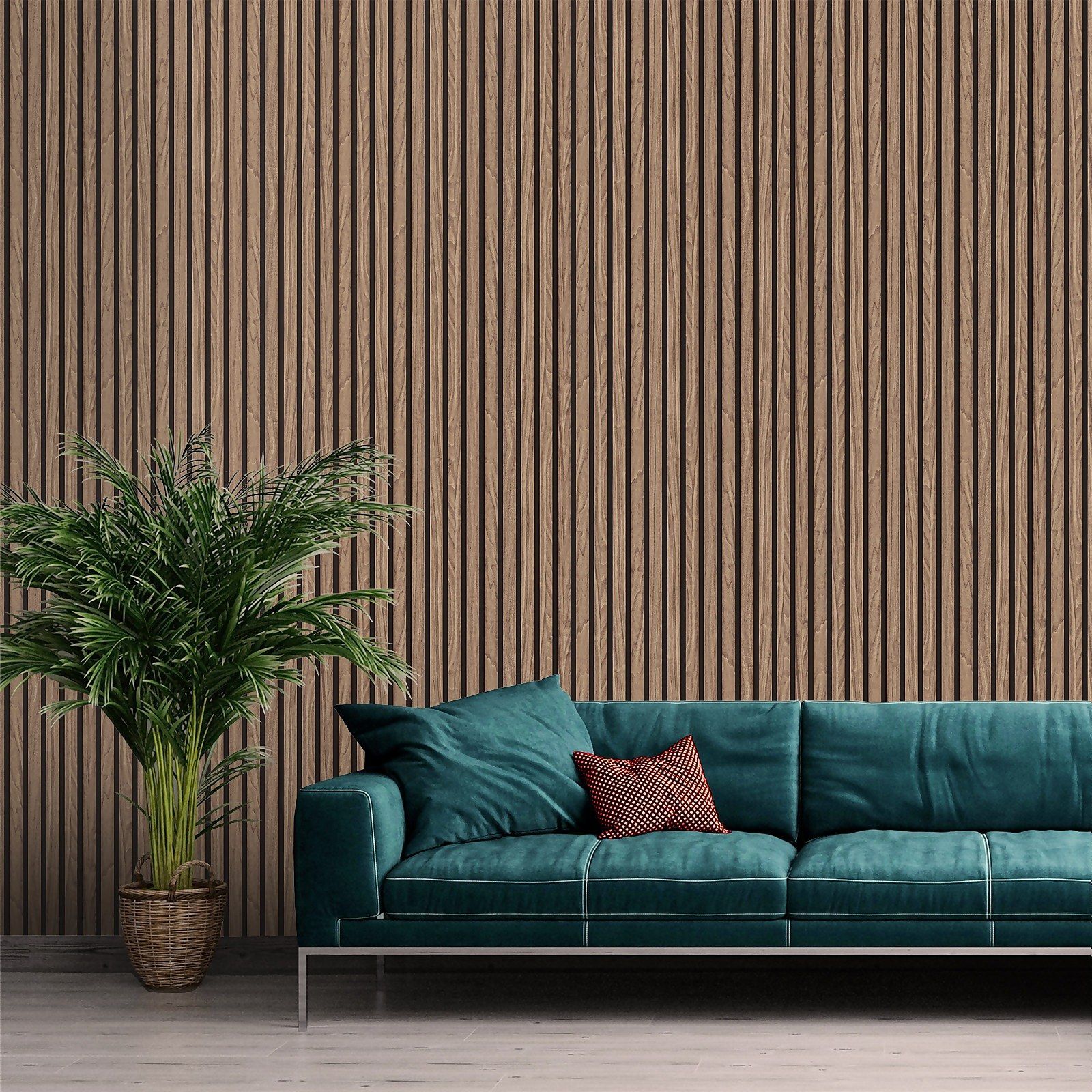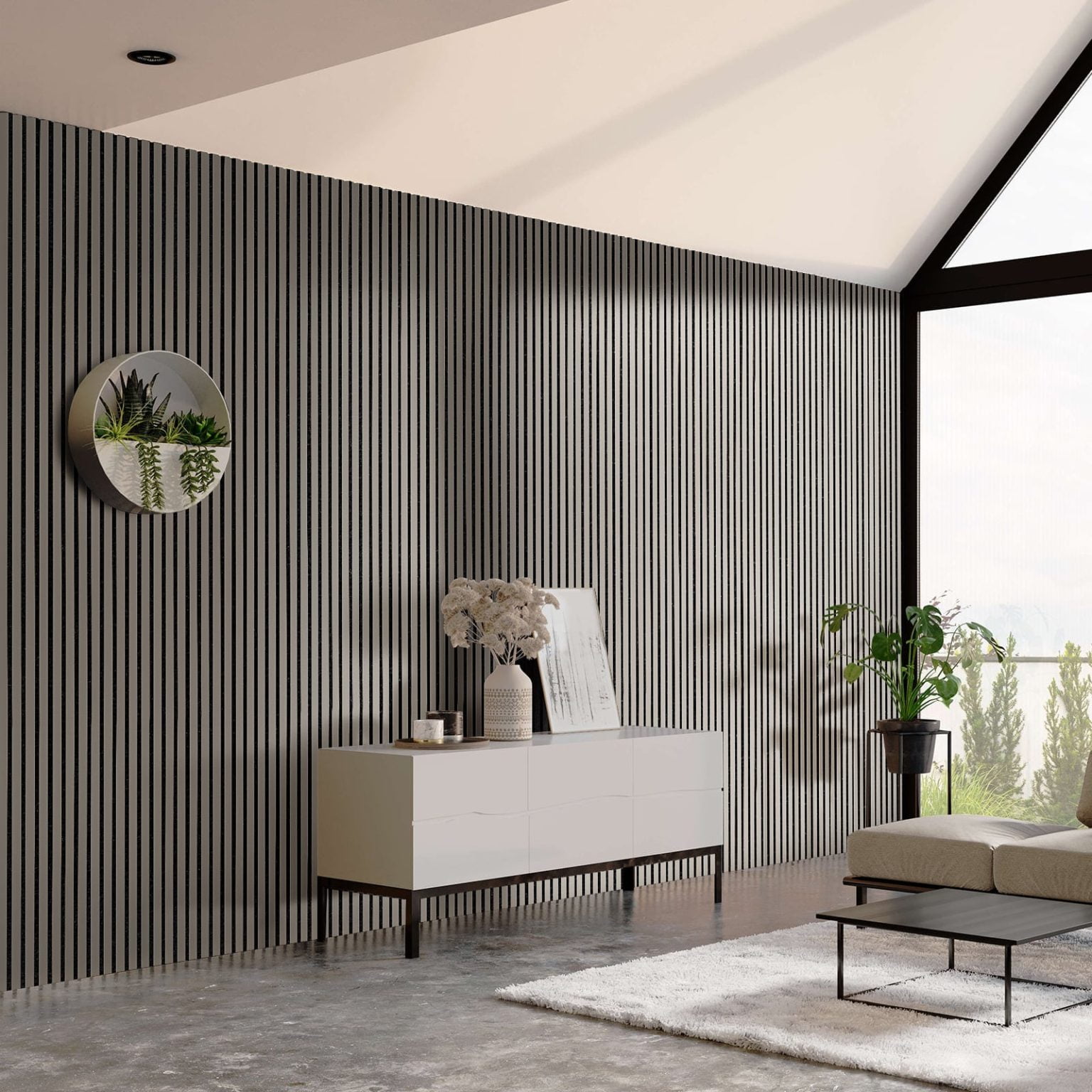Sound insulation materials use loud impedance to reflect sound waves, and there is very little transmitted sound in the shadow area of the sound insulation materials, while sound-absorbing materials use sound-absorbing structures and sound-absorbing media to create an infinite sound field, that is, to reduce reflected sound waves. The use of these two materials has different requirements. A simple interchange may not only fail to meet your technical requirements but may also have counterproductive effects.


More practical examples need to be analyzed using the theory of sound field modeling and solved using some related equations of the sound field.
For example, if soundproofing materials are used in a concert hall. In order to balance the reflected sound field and the infinite field, the concert hall uses appropriate sound-absorbing materials to eliminate unnecessary reflected sound and achieve a purposeful reverberation field. But if sound insulation materials are used instead, the sound that was originally intended to be weakened will be reduced. It is reflected back, resulting in a change in the reverberation field. Then the music you hear may be a loud sound, and it is always there. Generally, the sound-absorbing materials in the concert hall must strictly comply with the requirements of the concert hall. The building structure and main functions and required effects adopt corresponding absorption and attenuation of sound at different frequencies. These are the main purposes of architectural acoustics.
The situation of sound-absorbing materials used in various places is this. Sound-absorbing materials do not completely eliminate the sound. They consume the energy of sound waves at certain frequencies. However, sound waves at other non-absorbing frequencies can still pass through materials.
Entertainment venues, computer rooms, and factories have rich noise frequencies and high sound source energy. If you only use general sound-absorbing materials, the effect will be minimal. There is still a lot of noise behind the sound-absorbing materials installed (usually in residential areas).
The sound-insulating materials are generally anti-sound materials, which can almost completely reflect the incident sound waves back. Of course, in some special cases In terms of design, sound insulation can also use sound-absorbing materials. Human hearing is sensitive to noise in certain frequency bands. Using this, you can also set up to absorb sound waves in these frequency bands to achieve the effect of eliminating noise.
Post time: Oct-20-2023







